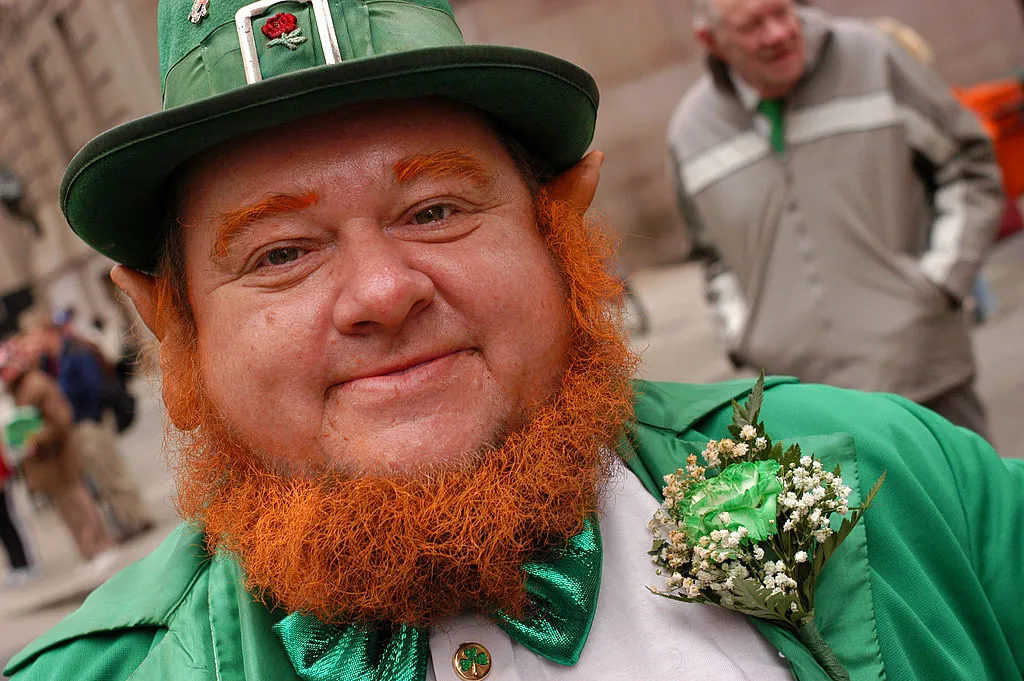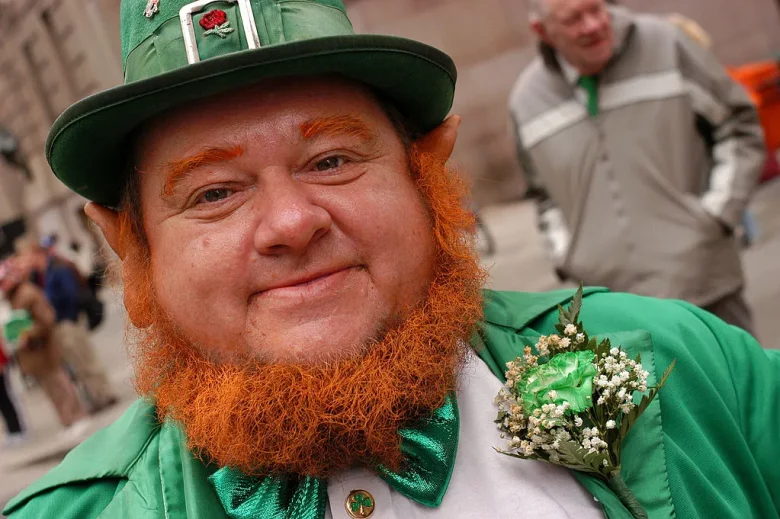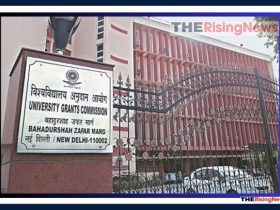
St. Patrick’s Day is celebrated every year on March 17th, but there’s a lot more to this day than wearing green and enjoying a pint of Guinness. Here are five essential things you should know about St. Patrick’s Day to appreciate the holiday fully.
1. The Historical St. Patrick
St. Patrick, the patron saint of Ireland, wasn’t Irish by birth. Born in Roman Britain in the late 4th century, his real name was Maewyn Succat. At the age of 16, he was kidnapped by Irish raiders and taken as a slave to Ireland. He escaped after six years but returned to Ireland as a missionary later in life. St. Patrick is credited with bringing Christianity to Ireland and is said to have used the shamrock to explain the Holy Trinity to the Irish people.
2. The Significance of the Shamrock
The shamrock is one of the most recognizable symbols of St. Patrick’s Day. According to legend, St. Patrick used the three-leaved plant to explain the concept of the Holy Trinity (Father, Son, and Holy Spirit) to the pagan Irish. This is why the shamrock is a significant symbol on St. Patrick’s Day, and why you’ll see people wearing shamrock-themed attire.
3. The First Parade Was Not in Ireland
You might be surprised to learn that the first St. Patrick’s Day parade did not take place in Ireland but in the United States. Records suggest that the first parade was held in St. Augustine, Florida, in 1601. The tradition continued and grew, especially in cities with large Irish immigrant populations. Today, New York City is home to the largest St. Patrick’s Day parade in the world, a tradition that has been ongoing since 1762.
4. Wearing Green
Wearing green on St. Patrick’s Day is a well-known tradition. The color green is associated with Ireland, known as the “Emerald Isle” for its lush green landscape. The tradition of wearing green is believed to make you invisible to leprechauns, fairy creatures who would pinch anyone they could see (i.e., anyone not wearing green). People began pinching those who didn’t wear green as a reminder that leprechauns could sneak up on them.
5. A Day of Feasting
St. Patrick’s Day is considered a feast day in the Catholic tradition, a break from the Lenten period of fasting and penitence. This is why traditional Irish foods like corned beef and cabbage, Irish soda bread, and Guinness beer are commonly enjoyed on this day. The holiday offers a chance to celebrate Irish culture and heritage with music, dancing, and, of course, feasting.
St. Patrick’s Day is a holiday rich in history and tradition, celebrated by millions around the world. Whether you’re Irish by blood or just for the day, it’s a time to enjoy the culture, stories, and festivities that make this day special.




